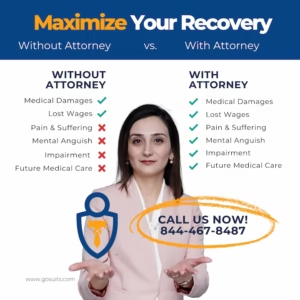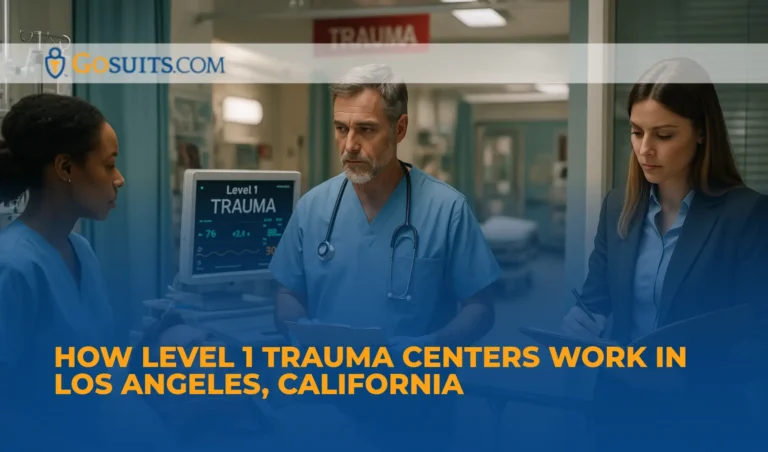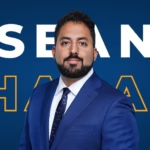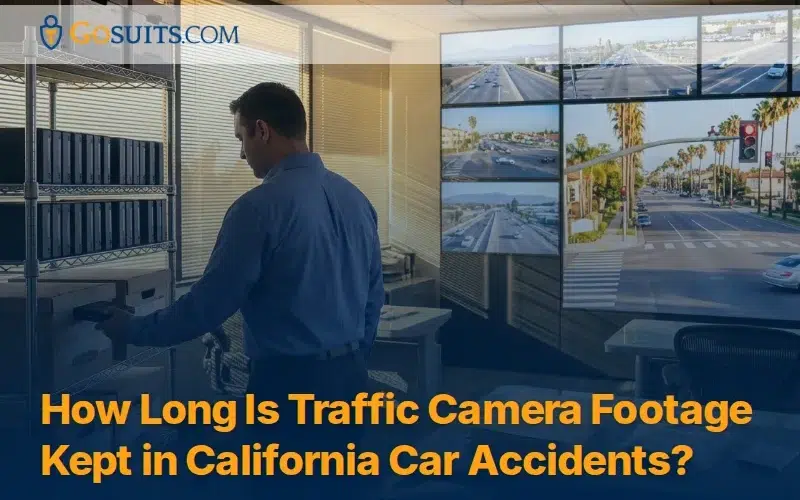Level 1 Trauma Centers in Los Angeles, California and How They Work
A serious accident in Los Angeles can change everything in seconds. Whether it happens on the I‑5, I‑10, or at a construction site in South LA, the response in those first moments often determines the outcome. For the most critical injuries, Level 1 trauma centers in Los Angeles provide the highest level of emergency care available.
These hospitals are equipped to handle life-threatening situations 24 hours a day, with in-house surgical teams, advanced imaging, and intensive care support. Knowing how Level 1 trauma centers work, and what to expect after being admitted, can help individuals and families navigate an otherwise overwhelming time.
What Is the Difference Between Level 1, Level 2, and Level 3 Trauma Centers in Los Angeles, California?
Trauma centers in Southern California are designated by the American College of Surgeons (ACS) based on their ability to handle critical injuries. These designations matter when seconds count. For families making urgent decisions on behalf of an injured loved one, understanding each trauma level can guide both medical care and future legal steps.
Level 1 Trauma Centers in Los Angeles, CA: Full-Capacity, 24/7 Surgical Teams
Level 1 trauma centers provide the most advanced care in the region. These facilities offer:
- In-house trauma surgeons, neurosurgeons, and orthopedic specialists around the clock
- Fully staffed ICU and operating suites mobilized within minutes
- CT, MRI, full blood banks, and anesthesiology services are available at all times
These hospitals are often teaching institutions required to conduct trauma research, which helps maintain up-to-date protocols. In severe crashes, industrial accidents, or multi-system injuries, Level 1 centers eliminate the need for transfer, which preserves precious minutes and ensures continuous documentation, both medically and legally.
Communication often occurs through family members, particularly when the injured party is unconscious or undergoing emergency intervention. Every step of care is recorded, forming a timeline that becomes critical when evaluating injury severity, liability, and damages.
Although lifesaving, Level 1 care is often financially overwhelming. Ambulance transport, surgery, and intensive care may result in high bills before legal discussions even begin. Families in Los Angeles may face this stress while still waiting for a diagnosis, making early legal help essential.
Level 2 Trauma Centers: High-Level Care with Transfer Potential
Level 2 trauma centers also offer 24/7 trauma response, but lack some of the specialized resources of Level 1 facilities. For example, they may not have neurosurgeons or cardiac trauma teams onsite at all times, and they are not required to engage in trauma research.
In serious cases such as brain trauma or internal bleeding, patients are stabilized here before being transferred to Level 1 centers. This handoff process requires strict coordination and can affect both medical outcomes and legal evaluations.
Transfer delays, ambulance coordination, and additional imaging requirements can later impact civil claims. Documentation from both the initial facility and the transfer becomes part of your legal timeline.
Level 3 Trauma Centers: Emergency Stabilization and Transfer
Level 3 trauma centers are equipped for initial trauma response but do not offer comprehensive surgery or long-term care. These hospitals focus on:
- Emergency assessment and airway stabilization
- Basic trauma protocols and vital sign monitoring
- Coordination with higher-level trauma facilities for transfer
These centers are common in smaller communities or suburban neighborhoods in Los Angeles County and often partner with Level 1 hospitals in Downtown LA, Westwood, or Torrance.
Though brief, Level 3 documentation includes critical early-stage evidence, such as triage notes, vitals, diagnostic scans, and transport details. These help establish the cause, timing, and progression of injury for legal review.
When Should You Seek Level 1 Trauma Care in Los Angeles?
Level 1 trauma care is warranted when a person suffers life-threatening, multi-system injuries. Common examples in Los Angeles include:
- High-speed freeway crashes on the I‑5, I‑10, I‑405, or US‑101
- Motorcycle, pedestrian, or cyclist incidents in Downtown LA, Hollywood, or Westwood
- Falls from scaffolding at worksites in South LA or the Valley
- Machinery-related injuries at construction or manufacturing zones
- Amusement park, sports, or beach-related head trauma
- Multi-vehicle pileups involving rollovers or ejections
In these events, Level 1 centers offer both immediate survival care and documentation that supports future personal injury claims.
Which Are the Most Qualified Level 1 Trauma Centers in Los Angeles, CA?

Ronald Reagan UCLA Medical Center – Westwood
This academic center mobilizes trauma teams 24/7, including neurosurgery and orthopedic specialists. Its connection to research and teaching makes it a leader in freeway accident response across West LA.
Main Line: (310) 825‑9111
LAC + USC Medical Center – Boyle Heights
Serving East LA, this public hospital manages some of the city’s most complex trauma cases, including violent injuries, crashes, and industrial trauma.
Main Line: (323) 409-1000
Cedars-Sinai Medical Center – Beverly Grove
Located near Beverly Hills and West Hollywood, Cedars-Sinai delivers elite trauma, orthopedic, and critical care.
Main Line: (310) 423-3277
Harbor‑UCLA Medical Center – Torrance
This center supports South Bay and Long Beach. As a UCLA-affiliated site, it handles both adult and pediatric trauma.
Main Line: (424) 306‑4000
Children’s Hospital Los Angeles – Hollywood
CHLA is the region’s top pediatric Level 1 trauma center, providing emergency surgery and ICU care for children under 15.
Main Line: (323) 660‑2450

St. Francis Medical Center – Lynwood
Located in South LA, this trauma center is known for treating construction site injuries and freeway trauma, with integrated social services for long-term care.
Main Line: (310) 900‑6040
How Trauma Records Support Personal Injury Cases in Los Angeles, California
Every treatment at a Level 1 trauma center creates a legal record: surgical logs, physician notes, CT scan images, ICU vital charts, and discharge summaries. These records:
- Tie the injury directly to the event
- Show the level of medical intervention needed
- Justify future rehab, therapy, or loss-of-work claims
Insurance adjusters are not reaching out to help, but to protect their bottom line. Many contact trauma victims while they are still in the ICU or under sedation, pushing lowball offers before a single medical bill arrives or a diagnosis is confirmed. Their strategy is simple: act fast, settle early, and close the case before you realize what it is truly worth.
At Gosuits, we do not let that happen. Our attorneys step in immediately to secure trauma center documentation, EMS reports, imaging files, surgical notes, and every chart tied to your care. We work directly with your providers, not through third parties, so nothing gets lost, delayed, or misunderstood. From the start, you work closely with our legal team, not a case manager or intake assistant.
We use proprietary technology to streamline every phase of your case, from evidence review to claims management. This allows us to act as fast as your medical team did, keeping pace with the urgency of your situation. We have recovered millions for thousands of injured clients by building cases around one thing: the truth documented in your trauma records.
We know how insurance companies operate and we are not here to play their game. We are here to hold them accountable. Our no win, no fee policy means you owe us nothing unless we win for you. Every case we take receives focused, attorney-led support, because what happened to you deserves more than a rushed settlement. It deserves real representation. Schedule your free consultation today and let us start building the case your recovery deserves.






